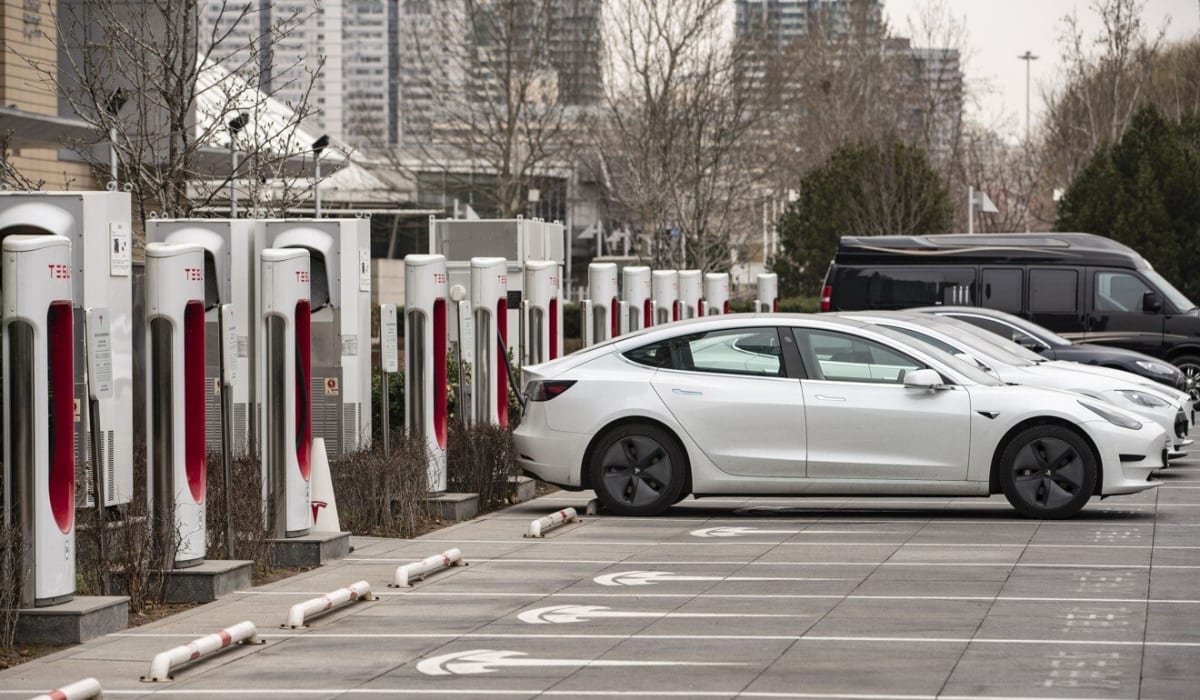
The federal government has the bullhorn out and is letting Americans know they can earn $7,500 on a new tax credit. The deal comes from the recently-enacted Inflation Reduction Act, where the legislation generated a tax credit for any Americans who buy a new electric vehicle.
Restrictions Abound
There’s a significant fly in the ointment with the new tax credit, however, making it much harder to gain the full amount. It’s non-refundable, meaning EV buyers must hold a federal tax liability to gain any cash on the deal.
If, for example, a taxpayer looking to claim the credit has filed their tax return and owes $4,000 on their tax bill, the full credit won’t be available. Under the EV tax deal, that taxpayer doesn’t earn the full tax credit–only the $4,000 credit, which brings their tax bill to Uncle Sam to $0. The remaining $3,500 could not be claimed based on the tax credit legislation.
But if you owe more than $7,500 on your federal taxes, you’re in luck.
“Suppose you owe $9,000 in tax, and you purchased an EV that is eligible for a $7,500 tax credit the same year,” said Oak View Law Group certified public accountant Levon L. Galstyan. “In that case, you’ll have to pay $1,500 in tax for that year instead of the full $9,000.”
That’s not all. A new EV owner isn’t eligible for the tax credit on leased qualified vehicles. “In this scenario, the vehicle is practically owned by the manufacturer and not you, thus eliminating the tax credit,” Galstyan told TheStreet.
There is also a price limit on eligible vehicles and an income cap determining who can claim the tax credit.
“For instance, for single and separate tax filers, the income ceiling is capped at $150,000. For joint filers and surviving spouses, it is limited to $300,000,” Galstyan added. “For household heads, that ceiling is limited to $225,000.”
Add these additional EV tax credit restrictions to the list:
Price limits. Certain vehicles may not be qualified on the basis of their prices, which are capped at $55,000 for new cars and $80,000 for SUVs or trucks. “Vans are not eligible,” Galstyan noted.
Used vehicle limits. In the case of used vehicles that qualify for the tax credit, the cost of the vehicles must be less than $25,000 and should be at least two years old.
Made in the USA. One other limitation–the EV must be assembled in North America to be qualified.
Income limits. In order to be eligible for the credit, there are requirements regarding the vehicle and also the buyer's income.
“If the buyer files a joint return with a spouse, the modified adjusted gross income needs to be less than $300,000,” said Brad Paladini, owner of the tax firm Paladini Law. “For single buyers, it needs to be less than $150,000.”
To Qualify for the EV Discount, Take These Steps
The $7,500 tax credit was actually easier to earn before the Inflation Reduction Act, as the new rules have reduced the number of electric vehicles that are eligible for the tax credit.
That said, the path to an EV tax credit does exist, as long as drivers abide by the Inflation Reduction Act rule.
“Get the paperwork for the claim from the purchase of a new or used electric vehicle,” said Automotive Aspects Inc. sector analyst Lauren Fix. “Then submit the paperwork with your tax return at the end of the year.”
Check with your accountant to make sure you are eligible and then check with the dealer to see if the vehicle you choose is built in the U.S.
“Your best bet is to buy before the end of the year,” Fix said. “The rules get stricter in 2023.”







